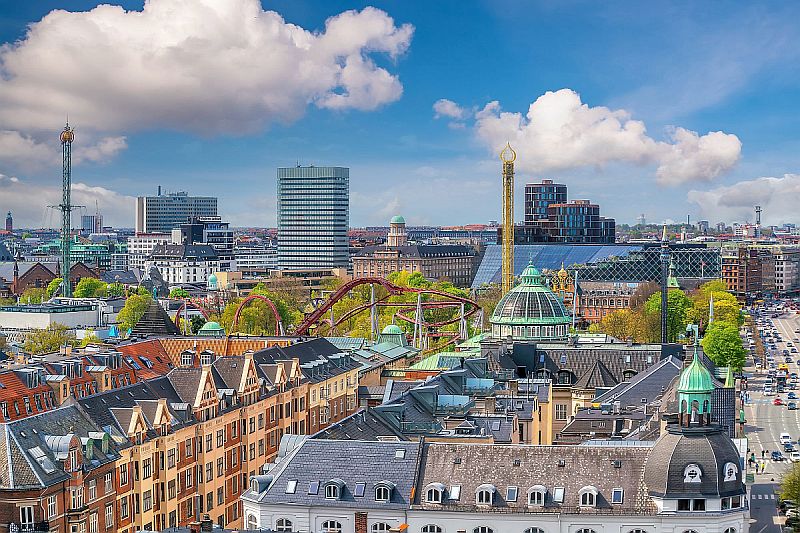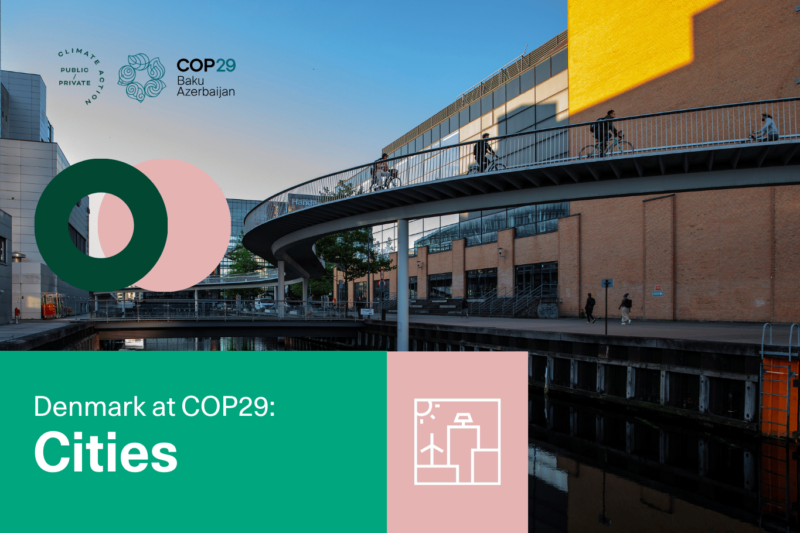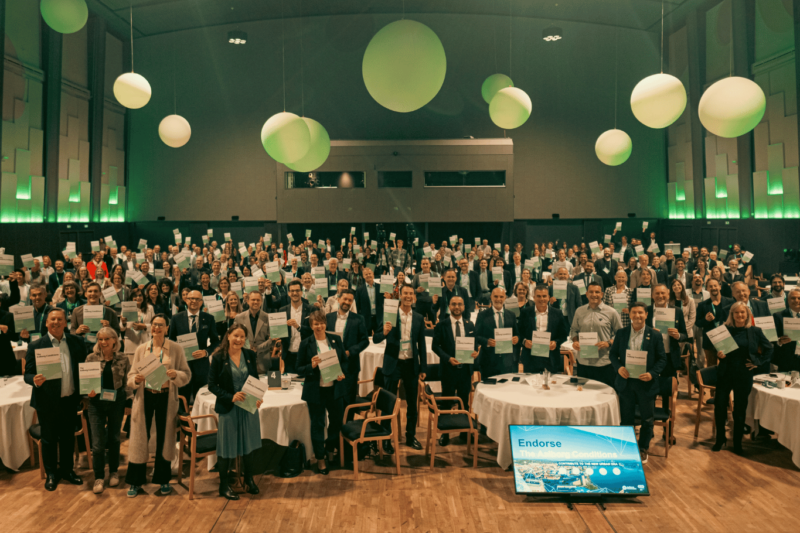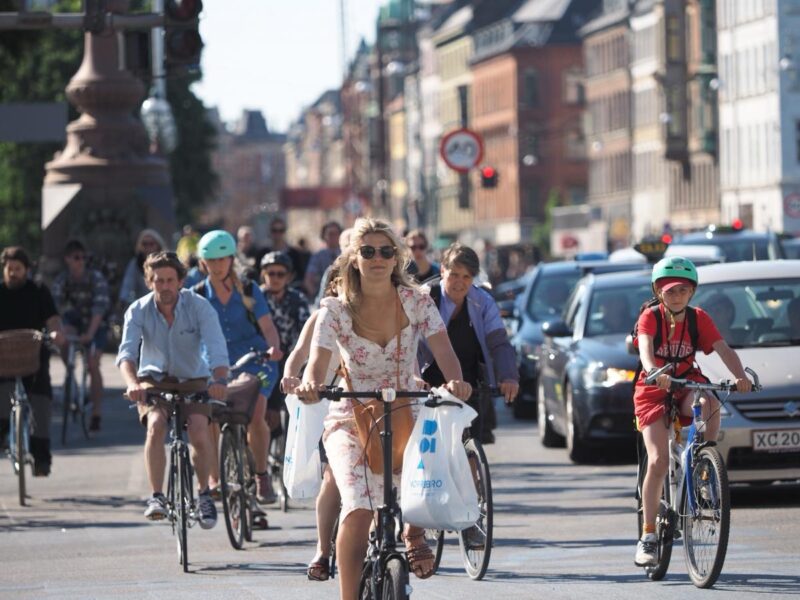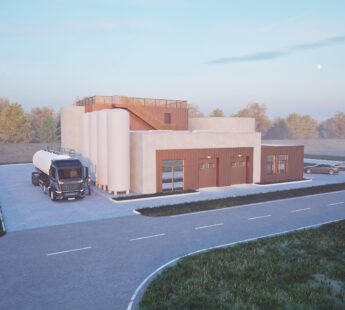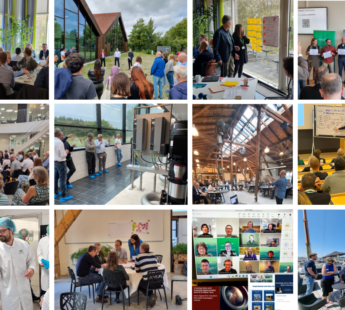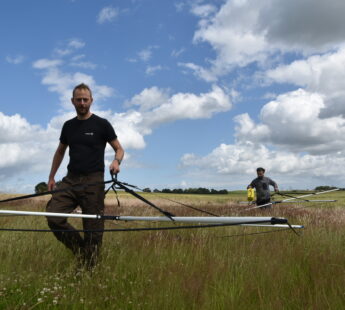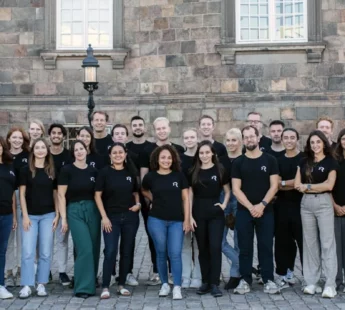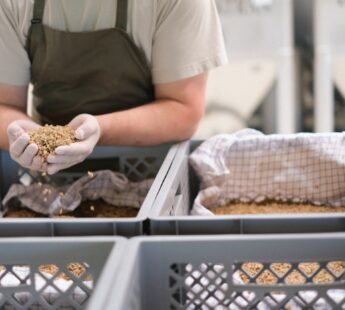News
Urban infrastructure planning
Urban mobility
What Gets Danes Biking, Anyway?


Funded by the Danish National Cycling Fund and Danish Road Directorate, The Danish Cyclists’ Federation’s report, 'New Cyclists: Leads to Less Congestion on the Roads', seeks to understand what factors influence people when it comes to being a daily bike commuter. The report, which was translated into English, draws insights from surveys and interviews with over 25,000 people who participated in Bike to Work, the Danish campaign aimed at getting more Danes commuting on bikes, from 2012 to 2014.
Here's what it found, more or less: good infrastructure matters. But it's not enough on its own.
In their campaign to spread bike-commuting further, the main thing Danish biking advocates have to fear is fear itself.
Individual barriers to cycling
To the inexperienced cyclist, individual barriers are the biggest obstacles that stand in the way of becoming a daily bike commuter. The report gives a name to each of the primary barriers: Identity, insecurity and insurmountability.
Identity is how you view yourself. Insecurity is the lack of knowledge and experience with cycling. Insurmountability is when bicycling is seen as a change of habit that impacts a person’s daily routines.
But whether imagined or real, most such barriers can be easily overcome. Here are a few noteworthy tidbits that work well in Denmark:
- Describe the bicycle as one among several equal transport options
- Provide concrete solutions to perceived problems: how to fix a flat, what clothes to wear.
- Take first steps alongside others in the same situation.
- Pair up with an experienced cyclist who can give support throughout the process.
- Concede that transportation habits vary throughout life; each phase has its strengths and challenges.
Other conditions that matter
There are, of course, other factors that play a role in increasing bicycle commuter ridership. First and foremost, bicycle infrastructure must be good so that cyclists feel safe. The distance between a person’s home, workplace and shops should ideally be short, manageable and over easy terrain. According to respondents, if two or more of these factors are in place, a new cyclist campaign like Bike to Work is more likely be successful. If only one or none is present, it is an uphill battle.
-Related news: Danish Investments in Cycling Infrastructure Paying Off
Municipalities, workplaces, neighborhoods and other organisations can all contribute to getting more people to cycle. In addition to infrastructure improvements and incorporating bicycle strategy into transportation, municipalities can create communication campaigns that demonstrate they appreciate the cyclists’ choice of transport. To create a bicycle-friendly workplace, companies can show their support by investing in bicycle parking, an on-site DIY repair shop, or changing facilities.
Communications strategies
When it comes to communication, the key is speaking to new cyclists as equals. They see themselves as cyclists, just with less experience. Reassure them that it’s ok to use a car, while at the same time reminding them that cycling is easy and has many advantages. Address challenges upfront and focus on concrete problems. And lastly, stress the social element and sense of community that cycling to and from work brings.
-Related news: 10 Danish municipalities receive grant for permanent bicycle playgrounds
Denmark is very different from the United States in many ways, but its behavioral science about biking is almost unmatched. The full report is a good read for anyone looking to sell biking to the uneasy explorers that every one of us was, once upon a time.
Source: People for Bikes
You should consider reading
solutions
Urban infrastructure planning
+2
SuperBlockify
15 November 2024events
Urban planning and development
+7


